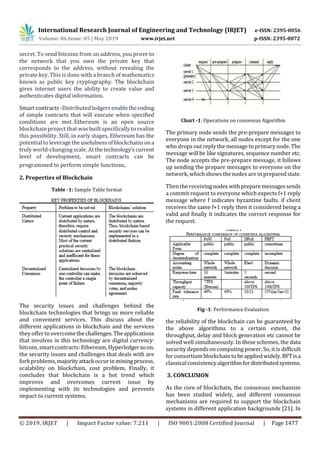Ethereum: Would Bitcoin Still Work Without a Difficulty Target?
Theoretical Bitcoin without Target Difficulty: A World Without Consensus
In a thought experiment, let’s explore what might happen if Bitcoin were to suddenly lose its target difficulty mechanism. In this scenario, Bitcoin nodes would no longer have a finite number of mining tasks to complete in each block, and the process of validating new blocks and creating a consensus on the blockchain would cease to function.
The Role of Target Difficulty
Target difficulty is a crucial component of Bitcoin’s validation process. It sets a cap on the number of mining tasks that can be completed within a given time frame (currently set at 2^157,5 s ^(-1) for Sia-based proof-of-work). This mechanism ensures that:
- Security

: The computational power required to mine new blocks is limited, reducing the risk of centralization and malicious actors dominating the network.
- Scalability: Target difficulty helps distribute the mining workload across multiple nodes, preventing any single node from becoming too powerful and controlling the blockchain.
- Consensus: Target difficulty ensures that all nodes have an equal chance to propose new blocks for validation, preventing a small group of nodes from manipulating the outcome.
Without Target Difficulty: A World Without Consensus
If Bitcoin nodes suddenly lost their target difficulty mechanism, the resulting system would be vastly different. Here are some potential implications:
- No consensus: With no mechanism for validating new blocks, there would be no way to establish a unified understanding of the blockchain’s state. Different nodes might have varying opinions on the current block’s contents, leading to confusion and potential conflicts.
- Centralized control: Without target difficulty, any single node could become a de facto central authority, controlling the network and making arbitrary decisions. This would undermine trust in decentralized networks and lead to a loss of autonomy for users.
- Increased risk of censorship: As nodes may have differing opinions on block contents, they might choose to censor or delete certain blocks to maintain their own integrity. This could lead to a lack of transparency and hinder the free flow of information across the network.
- No way to upgrade: The current system relies on updates and changes to the protocol to increase the difficulty target. Without this mechanism, upgrades would be difficult to implement, as nodes would need to adapt to new rules and regulations.
Current Proof-of-Work (PoW) Networks: A Bridge to a Target Difficulty System
In contrast, proof-of-work networks like Ethereum use a more complex system that involves multiple components, including:
- Hash functions: Nodes generate cryptographic hashes of transactions and blocks, which are used to create a digital signature.
- Proof-of-stake (PoS): Instead of mining, nodes vote for new transactions using their existing coins. This mechanism incentivizes node holders to maintain the network and participate in validation.
Ethereum’s PoS system relies on a target difficulty mechanism, where nodes have a finite number of mining tasks to complete within each block. This ensures that:
- Security: The computational power required to mine new blocks is limited, reducing the risk of centralization.
- Scalability: Target difficulty helps distribute the mining workload across multiple nodes.
- Consensus: Target difficulty ensures that all nodes have an equal chance to propose new blocks for validation.
Conclusion
A world without target difficulty would be a fundamentally different place. While it might seem appealing to have more decentralized control and increased security, the lack of consensus and potential censorship risks make it impractical.


